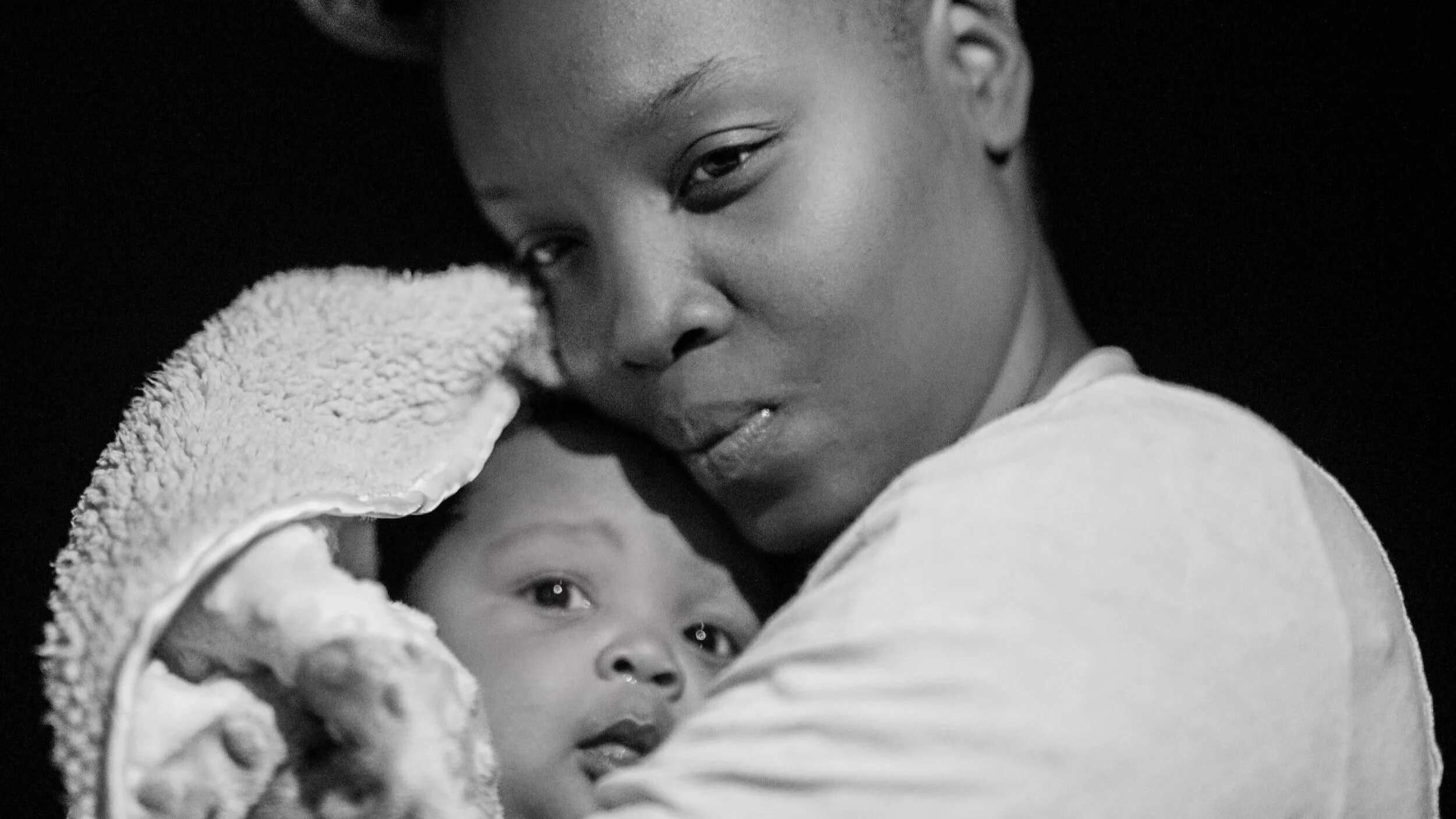Honouring moms despite COVID restrictions
A friend’s mother, who is in her 90’s, recently fell and broke her arm. Unfortunately, she is in hospital and unable to receive her family for visits. I can only imagine how this is affecting her hospital stay and recovery period. Similarly, other gatherings such as birthday parties, and weekly family gatherings have become casualties of the new norm. These and other subsequent celebrations could be the last we get to spend with some of our elderly loved ones. With this new reality, we are sure to face another important celebration with the restrictions of social distancing still in place: Mother’s Day. This year, this day will come and go as a memorable one regardless of how one celebrates it.
As I considered what will inevitably be the historic nature of this year’s Mother’s Day celebrations, I decided to look into the origins of the special day as a whole. A quick search on Wikipedia states that what was then called “Mothering Sunday” goes as far back as the 16th century. This day was observed in parishes of the Church of England, the Roman Catholic Church, the Free Churches in the British Isles and many Anglican churches. Mothering Sunday occurred on the fourth Sunday of Lent when people would visit their “mother church” (the main church of the region, or the one in which they were baptized) for a special service. This pilgrimage was known as “going a-mothering,” and it traditionally became a day when domestic servants were given time to visit their mother church and their families. Mothering Sunday also came with the sharing of significant dishes, including “Mothering Sunday Buns,” sweet buns topped with pink or white icing and covered with sprinkles. Today, in line with its historic traditions Mothering Sunday is observed in March in the U.K.
It is believed that 3 centuries later, in 1806, the French emperor Napoleon established the celebration in France when he announced a special day to recognize mothers of large families. The celebration only stopped during the period of the First World War, and in 1950 was formally established as la fête des mères. Families would honour their mothers by hosting a dinner, during which they presented them with cakes resembling a bouquet of flowers. Today, the French celebrate la fête des mères on the last Sunday in May but is moved to the first Sunday in June if it falls on the same day as Pentecost.
Another iconic establishment of this day occurred in 1950’s Israel when an 11-year old Nechama Biedermann wrote a letter to the children’s newspaper, suggesting creating Mother’s Day on the date of U.S Jewish Zionist leader Henrietta Szold’s death. Her suggestion was accepted without any qualms, and it has been celebrated since. Today, Mother’s Day in Israel falls anywhere between January 30th and March 1st each year.
Likewise, another 40 or so countries around the world celebrate Mother’s Day on a variety of dates throughout the year. We, in Canada, have also been celebrating our mothers in this significant way every second Sunday of May for decades. This year, though, those who celebrate this day will have to be innovative with their ideas. I am personally reminded, each Mother’s Day, of how I was able to honour my own mother even after I moved a continent away. Spending quality time with her children was important to her, and she appreciated a phone call and bouquet of flowers each year.







